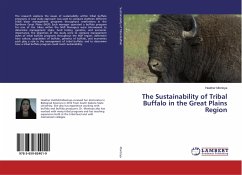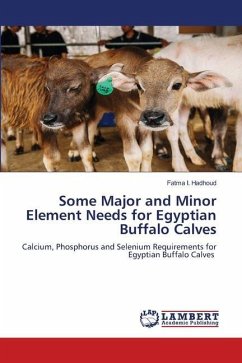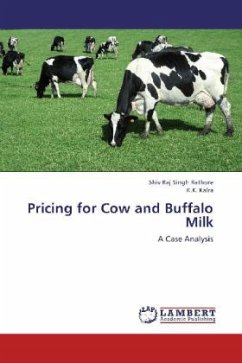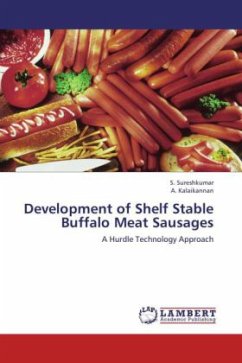The Indian wild buffalo (Bubalus bubalis L.) has been listed as an endangered species in the Red Data book of IUCN and categorized in appendix III of CITES. It is classified in schedule I of Indian wildlife (Protection) act 1972, which indicates that it has been given top priority for conservation. Wild buffalo declared as STATE ANIMAL of Chhattisgarh state in the year of 2001. The animal carries the largest horns as compared to any surviving animal of the world today. This study has been done on the habitat of wild buffalo in Udanti wildlife sanctuary, Chhattisgarh. It is the first systematic study on Indian wild buffalo in Central India. The main objectives of this study are pertaining to habitat management of this species. This is one of the most threatened species in the world, which are now restricted in small isolated pockets. The wild buffalo naturally occurs in Assam and Chhattisgarh states in India. The Udanti WLS has unique habitat for wild buffaloes because of good availability of food, shelter and water. This study conducted on the habitat conditions of sanctuary and given long term management suggestions for wild buffalo,their movements and behavior study.
Bitte wählen Sie Ihr Anliegen aus.
Rechnungen
Retourenschein anfordern
Bestellstatus
Storno








